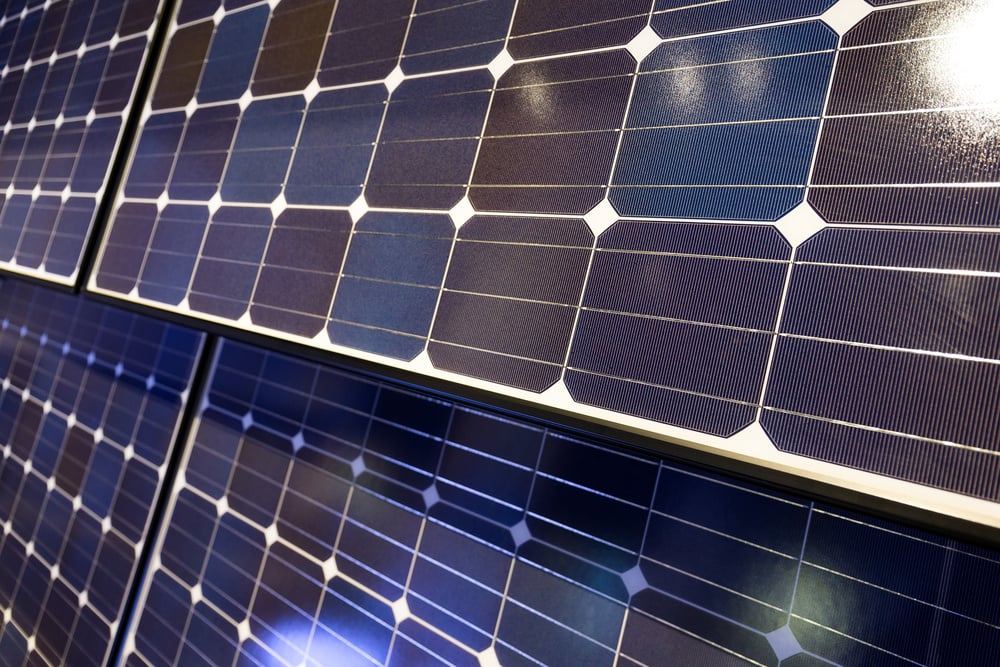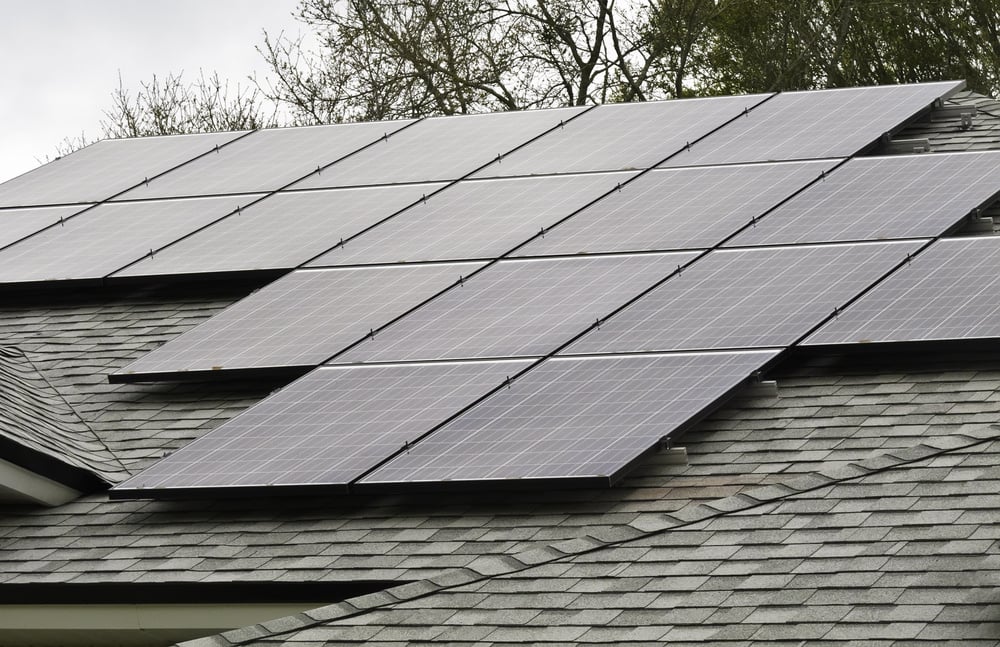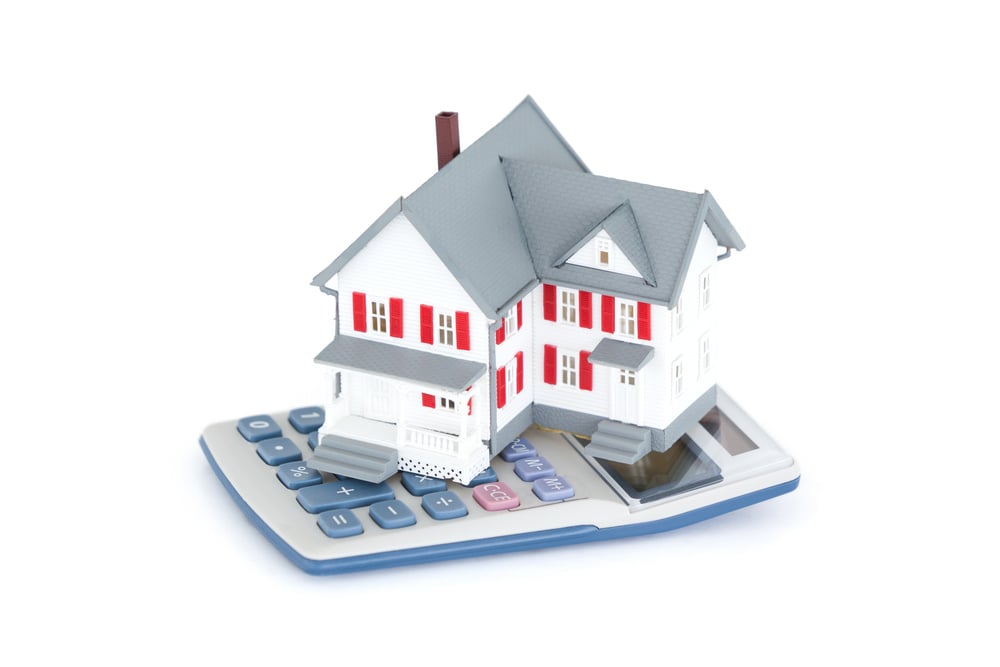Comparing Grid-Tied, Off-Grid, and Hybrid Solar Systems: Which is Best?
If you’ve been looking into solar energy, you’ve probably noticed there’s no one-size-fits-all solution. Instead, there are a few key options: ...
7 min read
Peter Swenson : Oct 28, 2024 4:34:37 PM

If you’re reading this, chances are you’re interested in reducing your electricity bills, helping the environment, or gaining some independence from traditional energy sources. Solar energy can do all of that, but it’s important to know that there’s no one-size-fits-all solution. Solar systems come in different types, each designed to fit a unique set of needs, lifestyles, and locations.
This guide will help you make sense of the three primary types of solar energy systems: grid-tied, off-grid, and hybrid systems. Each one has its own advantages, limitations, and best-use cases, so let’s dive in and find the best fit for you.
Before we get into each type, let’s break down what we’re talking about. When you’re looking at a solar energy setup, the system you choose determines where your energy comes from, how it’s stored, and what happens when there’s a surplus or shortage of energy.
Grid-Tied Solar Systems: These are connected to the local power grid, meaning you can draw power from your solar panels and, when needed, from the utility grid.
Off-Grid Solar Systems: These systems operate independently of the power grid, so they rely entirely on the energy you generate and store on-site.
Hybrid Solar Systems: Think of hybrid systems as the best of both worlds. They’re connected to the grid but also have batteries for energy storage, offering flexibility and backup power.
Let’s dive into each type, looking at how they work, the benefits they offer, and some factors to keep in mind.
A grid-tied solar system is the most common type of setup for homeowners because it’s the simplest and usually the most affordable. When we say “grid-tied,” we’re talking about a solar system that’s connected to the local power grid. This connection means that if your solar panels aren’t producing enough electricity (like on cloudy days or at night), you can still pull power from the grid.
Here’s a quick breakdown of how a grid-tied system operates:
Grid-tied systems have several unique benefits that make them appealing to a wide range of homeowners:
While grid-tied systems are affordable and convenient, there are some limitations to keep in mind:
If you’re looking for complete independence from the power grid, an off-grid solar system is the way to go. Off-grid systems are fully self-sufficient, meaning they aren’t connected to any utility grid. Everything you need to power your home is generated and stored on-site, usually in batteries.
Off-grid systems rely on a combination of solar panels and batteries to meet your home’s energy needs:
Going off-grid has some clear benefits, especially if you live in a remote area or want true energy independence:
Despite the benefits, off-grid systems come with some significant limitations:
If you want the benefits of both grid-tied and off-grid systems, a hybrid system might be the answer. Hybrid systems are connected to the grid, but they also include a battery storage component, offering flexibility in how you use and store energy.
Hybrid systems combine solar panels, a grid connection, and batteries to provide a balanced approach to energy needs:
Hybrid systems offer several benefits by combining the strengths of both grid-tied and off-grid systems:
Despite their flexibility, hybrid systems have some limitations:
Now that we’ve covered the three main types of solar systems, it’s time to think about which one is right for you. Here are some important factors to consider:
Let’s recap with a quick comparison to help you make a more informed decision:
Grid-Tied System:
Off-Grid System:
Hybrid System:
Choosing the right solar system can feel overwhelming, but understanding the basics helps you make the right choice for your home, budget, and lifestyle. Each system—grid-tied, off-grid, or hybrid—has unique strengths, and the best choice will depend on your energy needs, budget, and preferences for grid dependence or independence.
Whichever system you choose, going solar is a step toward a cleaner, greener, and more sustainable future. Take the time to weigh these options, and soon, you could be on your way to enjoying the benefits of solar energy tailored just for you. Happy solar shopping!

If you’ve been looking into solar energy, you’ve probably noticed there’s no one-size-fits-all solution. Instead, there are a few key options: ...

If you’re considering going solar, you’ve probably heard that it’s a great way to save money and help the environment. But here’s the catch: the...

Switching to solar power is a powerful decision for both your wallet and the environment. But let’s face it—while solar can save you money in the...